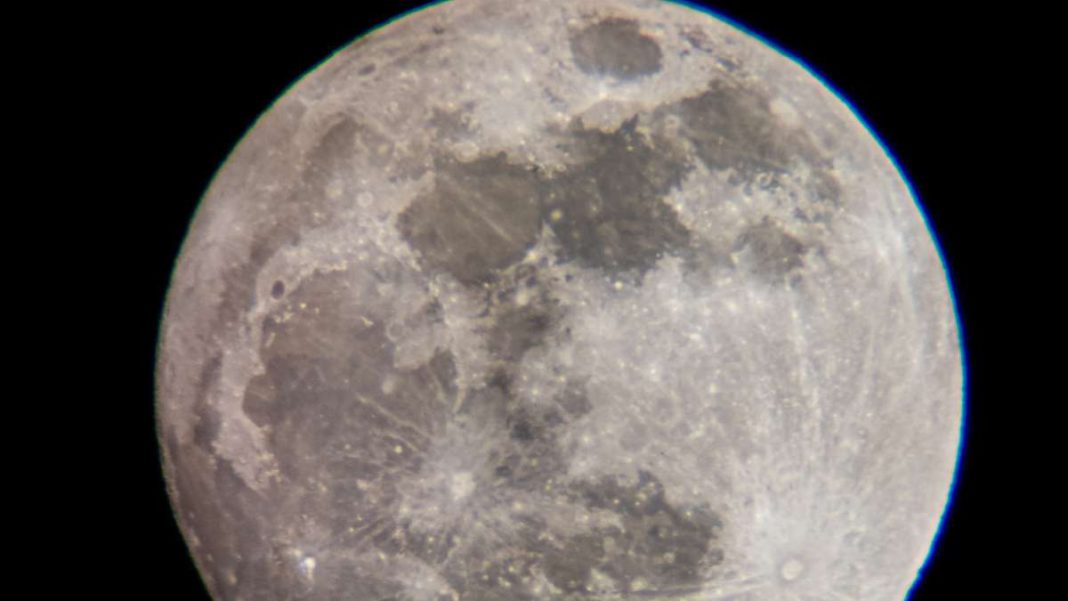UNITED STATES: In a new study published on October 23, scientists have proposed a remarkable theory: an asteroid orbiting Earth, named Kamo’oalewa, might be a fragment of the Moon. This discovery challenges our understanding of celestial bodies and their origins, shedding light on the fascinating interplay between our planet and its cosmic neighbors.
Kamo’oalewa, initially discovered in 2016, drew the attention of researchers in 2021 when they noticed some unusual properties. The most striking of these properties was the asteroid’s reflectance spectrum, which exhibited uncanny similarities to lunar silicates. Furthermore, its Earth-like orbit raised questions about its origins.
Renu Malhotra, a planetary scientist at the University of Arizona, commented on this discovery, stating, “We are now establishing that the Moon is a more likely source of Kamo’oalewa.” This statement underscores the groundbreaking nature of this research and its implications for our understanding of space objects.
The study explores the possibility that an ancient asteroid impact could have propelled Kamo’oalewa from the lunar surface to its current Earth-centric trajectory. This hypothesis not only challenges conventional wisdom but also opens the door to the intriguing prospect that there may be more moon fragments drifting through our solar system.
The scientists responsible for this study embarked on their research journey due to the asteroid’s unconventional attributes. “The sole reason we examined Kamo’oalewa’s spectra was because of its peculiar orbit”, Malhotra said. “If Kamo’oalewa had been a regular near-Earth asteroid, nobody would have thought to find its spectrum, and we wouldn’t have known it could be a lunar fragment.”
The implications of this discovery extend beyond mere curiosity. Understanding the origins of asteroids like Kamo’oalewa provides vital insights into the potential hazards associated with near-Earth asteroids. By unraveling the circumstances that led to this rock’s peculiar orbit and determining the timing of the lunar impact that spawned it, researchers hope to enhance our ability to predict and mitigate future asteroid threats.
As the scientific community continues to delve into the mysteries of our cosmic neighborhood, this study serves as a testament to the power of curiosity, innovation, and the endless potential for discovery in the field of astronomy.
Also Read: OSIRIS-REx Mission Faces Challenges in Unlocking Bennu Asteroid Samples



